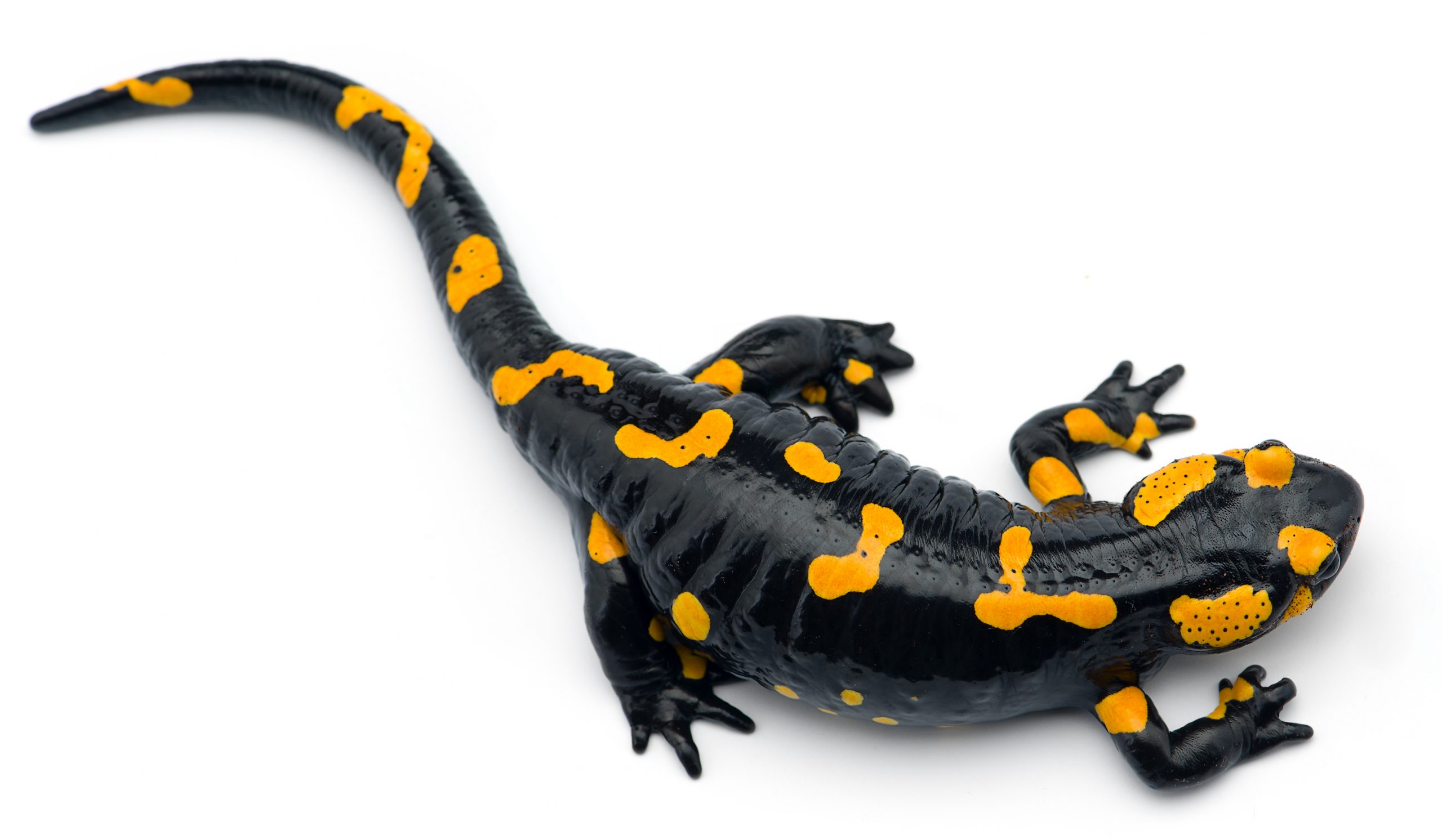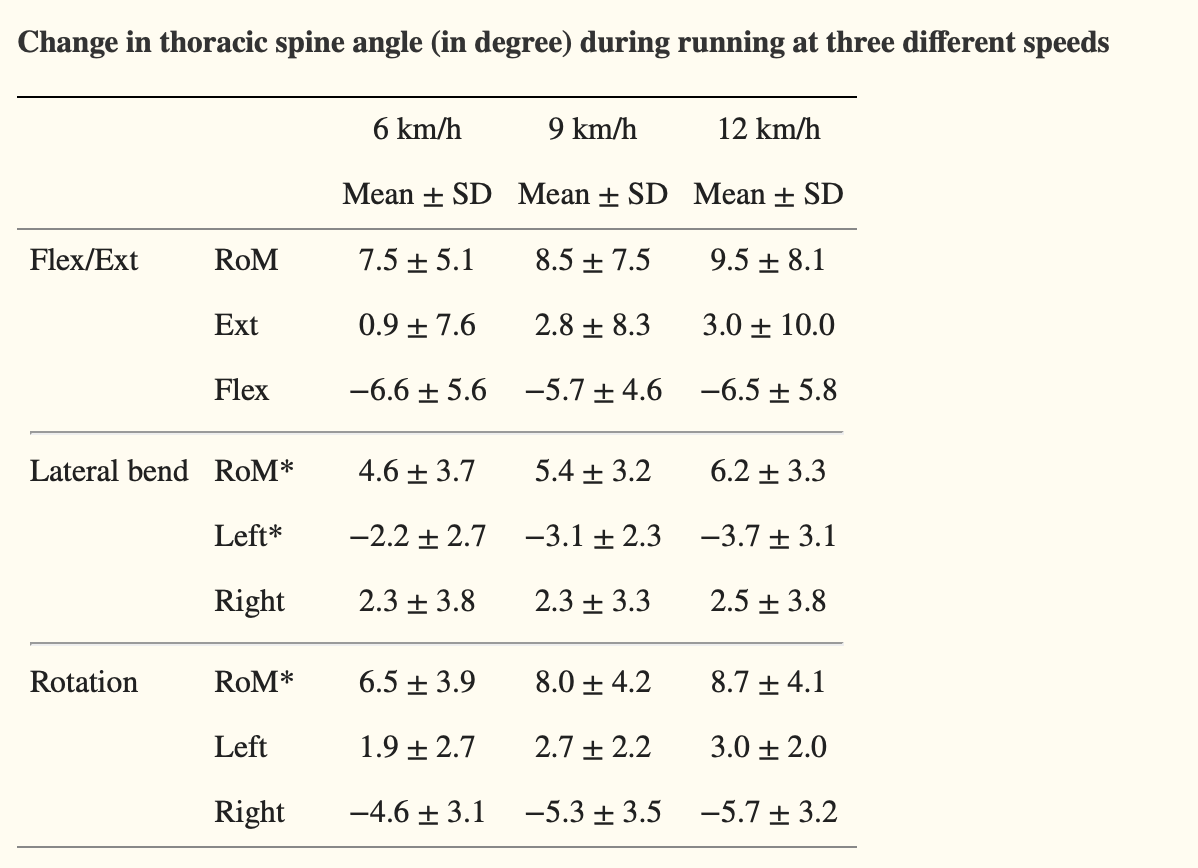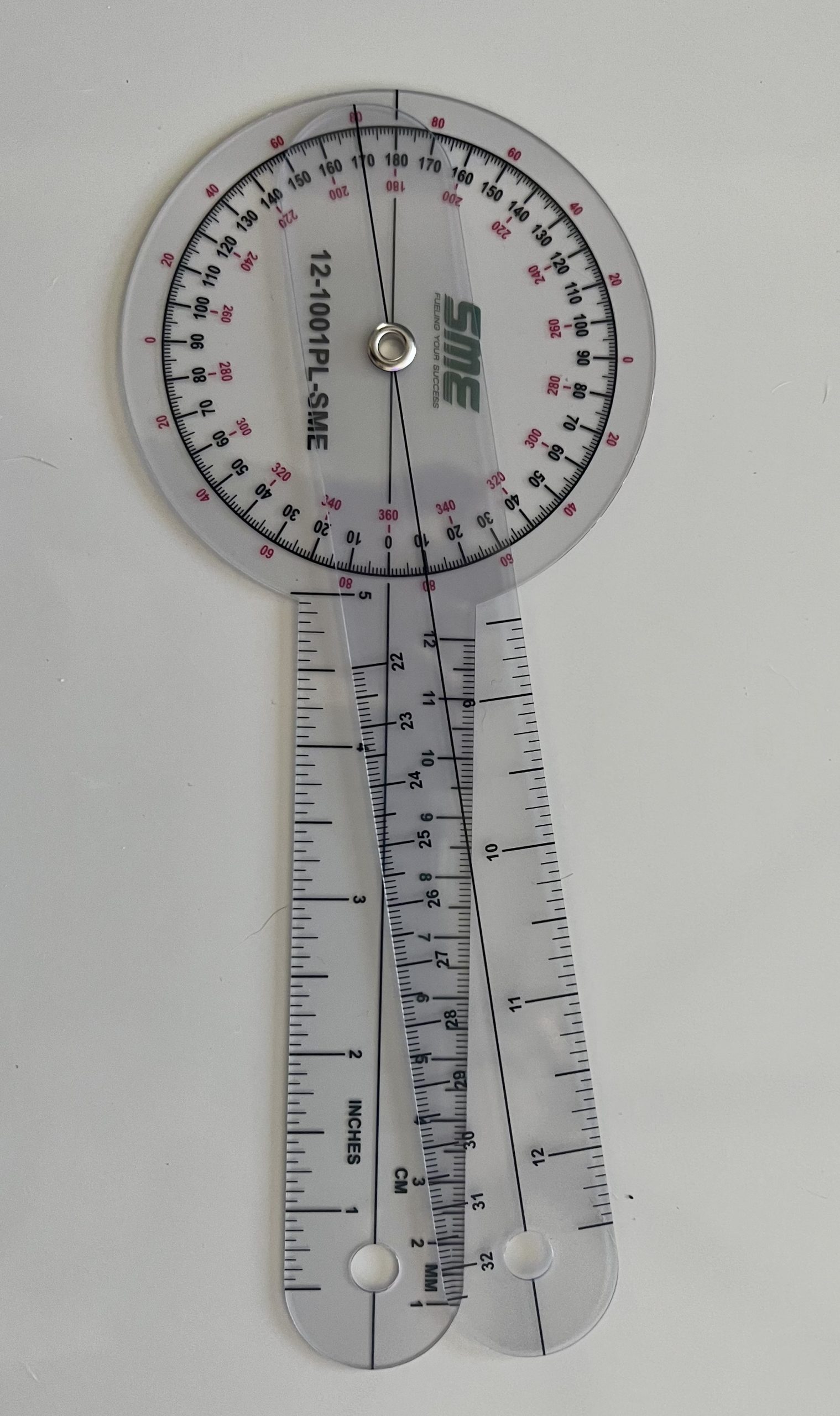Why People Get The Posterior Oblique Sling Idea About Lats ALL Wrong
2023-09-16
When you have been doing anything for almost 30 years, it can seem extra frustrating when people misrepresent interesting concepts that can actually help people. Don’t get me wrong, I don’t think people deliberately get things wrong, but they get almost angry when none of the science actually lines up with what they WANT to be true. The example I’m thinking of is how people misunderstand the posterior oblique sling.
If you have never heard of the posterior oblique sling, don’t worry about it, most haven’t. It refers to a fascial chain that consists of the lats, that connect to what is known as our thoracolumbar fascia, to the opposite glutes. While physical therapists have been writing about the posterior oblique sling for a few decades, the fitness industry is JUST learning about it and why it is so important to how we train.

Oooookay, but why does the posterior oblique sling matter and where do we get it very wrong? This excerpt from a 2019 paper in The Journal Of Physical Therapy Science describes the posterior oblique sling function predominately as the following…
“Muscular chain is referred to as when muscles are applied together or influence on the kinetic patterns. In the muscular chain, there are synergists, muscle slings, and myofascial chain, and each of them has interdependent relationship with neuron organs and joints. Among them, POS for maintaining the stability of bodipsilateral erector spinae during the cross-walk and delivering the power from lower to upper limb of the body is comprised of contralateral latissimus dorsi, contralateral erector spinae, thoracolumbar fascia, ipsilateral gluteus maximus, and ipsilateral biceps femoris1). POS contributes to the stability of lumbar pelvis, and training for such muscles influencontralateral crector spinae on power of sacroiliac joint. Therefore, it is said to contribute to the stability of lumbar pelvis. If POS is activated while moving the body, it contributes to dynamic stability of lumbar pelvis with small muscles2, 3).”
If that was a bit too much science jargon, basically because walking (which we are designed primarily to do as humans) is complex and unstable, our body needs stability not to just be balanced, but to produce force (speed) as well. How does it do so? One major method is through the use of the lat, core, and glute connection.
View this post on Instagram
Strength Coach, Martin Adame helps show how we start to make this important connection in our supine hip extension leg curl exercises. The use of creating specific tension and patterns with the Ultimate Sandbag connect our posterior oblique sling.
So, where are people getting the posterior oblique sling wrong? First, there is a belief that our body creates this big amount of lateral bending and rotation when we walk and more so when we run. This theory was first proposed by biologist George Coghill in 1941. He started creating his theory after watching how salamanders create a lot of movement when they move with their spine.

I HOPE this doesn’t require a lot of explanation but humans and salamanders are built very different.
Then in the 1980’s, Serge Gracovetsky, proposed his theory on human locomotion (emphasis on theory) that was developed after he watched how amuptee “walked” with largely relying on their torso.
The act is fascinating and impressive, but of course this doesn’t necessarily explain what happens when we have our legs and arms. The theory hasn’t been accepted as fact in most scientific communities as there are major holes. Without getting too technical, let’s look at a few issues.
Stability gets misunderstood as “never having movement”, however, what chains like the posterior oblique sling allow is for us to allow wanted movement while resisting unwanted movement that would make us less efficient and overload the wrong structures of our body. The spine DOES move when we walk and run, but not NEARLY as much as many people would think. The body is VERY good at trying to be efficient and not waste movement. This 2019 study actually looked at how much the spine moves when. people walk and ran at varying speeds.

If the above numbers don’t seem to mean much to you, here is how much 10 degrees actually is when you look at it.

In the above running (which was done at pretty good speed) side bending of the trunk was about half of what you see above and never reached the 10 degrees in rotation. This is why I often joke in fitness, we can’t have anything nice. Because there IS movement of the spine when we walk and run, it just isn’t a lot that we have to train.
View this post on Instagram
The reason that good coaches and what we teach in DVRT, focuses on core stability is due to the fact the research shows that people with low back pain, often use their backs more which tells us we aren’t getting stability from chains like our posterior oblique sling. So, good stability training isn’t about never moving, it is seeing if we can move and not allow the unwanted movement that makes us weaker and more prone to injury. Coach Cari Satre shows below some foundational stability exercises that work the posterior oblique sling and I show you why it is so essential.
Want to learn more about better understanding human movement and how we train it in the gym smarter? Check out our online certifications/courses HERE and DVRT workout programs for 30% off HERE with code “virtual”. If you want to work with one of our top coaches, don’t miss our upcoming LIVE online DVRT workshop with Cory Cripe. You will get a FREE Ultimate Sandbag and early bird pricing still available HERE
View this post on Instagram
View this post on Instagram
Larisa Lotz shows how we progress to move advanced forms of stability training and by pulling the handles of the Ultimate Sandbag apart, or pulling the USB apart by grabbing on, or holding in the crooks of the arms and creating tension is all how we tap into that posterior oblique sling chain.
View this post on Instagram
© 2025 Ultimate Sandbag Training. Site by Jennifer Web Design.







